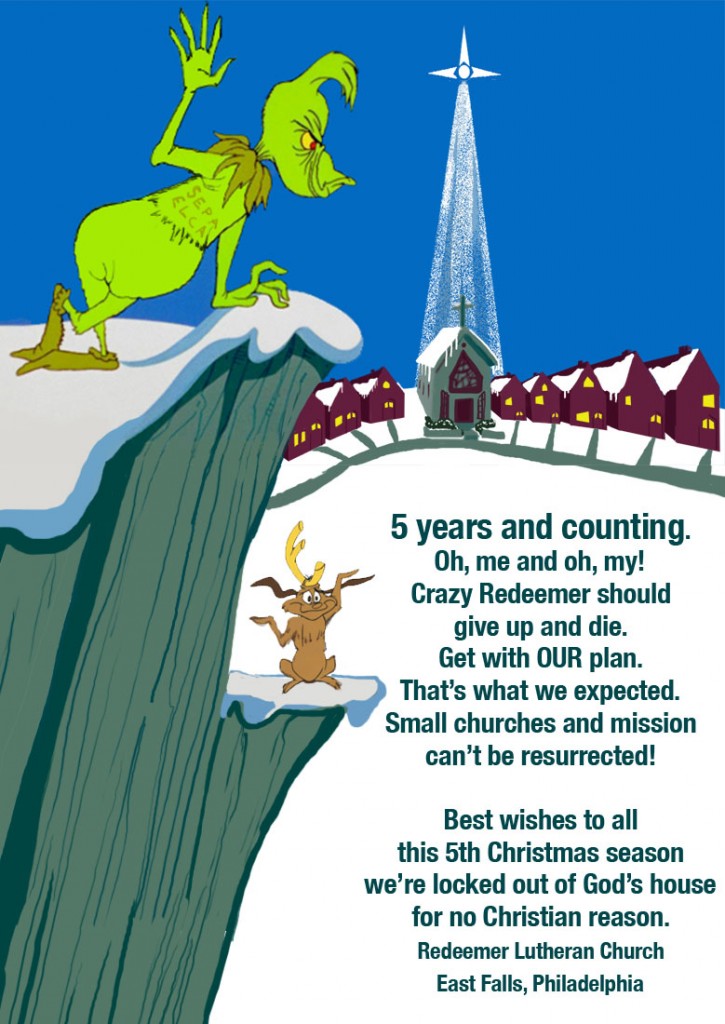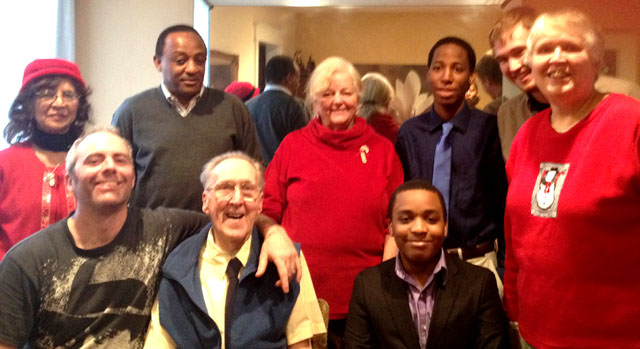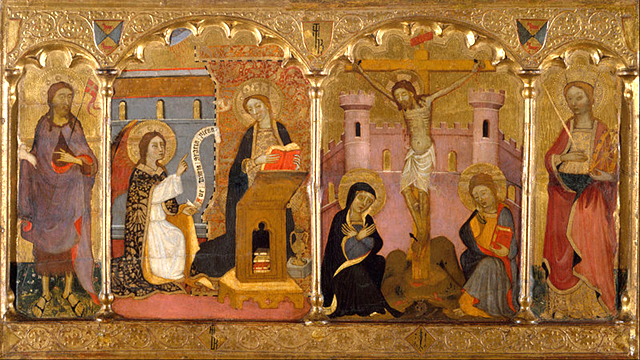 Where is God when bad things are happening?
Where is God when bad things are happening?
Your objects today are toy cars.
It is the first Sunday after Christmas. The hoopla is over. We Lutherans had our one night of Christmas music. We’ll sing a few more carols this morning but our heart for Christmas wore out a couple of days ago. Most churches will have their poorest attendance of the year. We’ll feel a bit awkward singing the tunes the radio stations have mothballed already.
Few Christians hear the tough part of the Christmas story. An angry king didn’t like that his plan for the Holy Family was foiled. He let his pride get the best of him.
Wasn’t the first time the powerful lost their way. Won’t be the last.
The people Herod tried to use for his own purposes caught on to his true intent. They refused to cooperate. Embarrassed, the king went after every baby boy. Scorch the earth. Kill the innocent. Feel better about failing.
Hundreds of mothers wept at the slaughter.
God’s behavior is puzzling. He knew what was going to happen. He had the power to stop it. Everyone could have just gone on with their lives content to leave the tough stuff to God.
God let things play out. He warned Joseph and Mary to get out while the getting is good.
Mary and Joseph wrapped their toddler in blankets and headed to Egypt in fear of their lives.
This is the problem Christianity tackles this morning while many Christians sleep in. It’s a tough problem.
Many Christians worship the God of benevolence. The parking lot god. The rabbit’s foot god.
Here is where the toy cars come in. Illustrate the following story as you tell it. (It’s word for word from a Bible study I attended.)
“I was late for my appointment. I was worried that I wouldn’t find a parking spot and I would be hopelessly late. I prayed to Jesus. ‘Find me a parking spot.’ Just as I neared my destination, a car pulled out and left an open space right in front of me. And there was time left on the meter! God heard my prayer. God is good!”
Most people face far more difficult life problems at some point if not every day. The God of the parking lot seems to be too busy to hear their prayers.
If God can find us a parking spot, why can’t He stop a car crash? (Use your cars to illustrate this!)
- Why did God send a hurricane or tsunami?
- Why can’t God just heal my child?
- If God made me with special talents, why can’t I find a job?
- Why does God allow terrorists to prosper at the cost of innocent lives?
- Why is anyone poor?
It is not unusual to question God’s choices in allowing difficult circumstances to develop and continue to grow. This question is the root of doubt.
When we are feeling desperate for intervention, we can remember the lives of the Holy Family.
We find Mary and Joseph in a similar state this morning. God warned them to get out! Flee! Bad things are coming.
- Why didn’t God strike down the wicked king? After all, He is God!
- Why didn’t God warn the mothers of ALL the baby boys destined to be slaughtered?
- Why was everything so hard?
The answers are wrapped up in our own expectations of what God should be.
If I were God, I would . . . .
It may be that God has plans for His creation that we do not understand.
It may be that God trusts His children enough to follow directions.
Who knows the mind of God?
What we know is that Mary and Joseph followed God’s advice. For sure, it was hard. But in the end, the family returned. Even that wasn’t easy. But the family was reestablished in Galilee long before we hear the next story about the boy Jesus.
Surely, they prayed just as we pray. Surely they asked the same questions we ask when life is tough.
Things worked out just in time. God’s time. God’s way. It isn’t what most people want to hear. Most people never hear this morning’s story.
They’ll be home remembering the newborn baby asleep in the hay.
He is a baby that will have to grow up. Fast.





